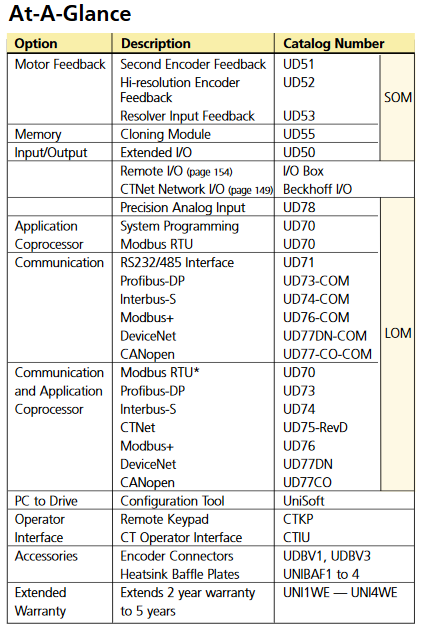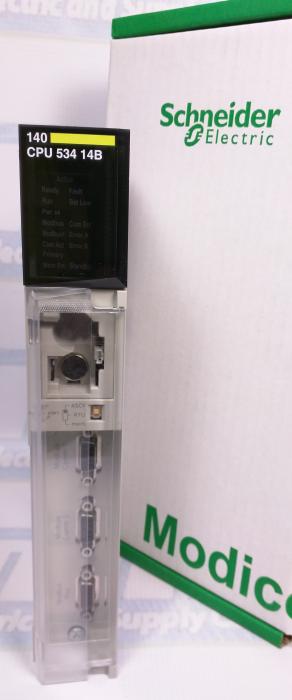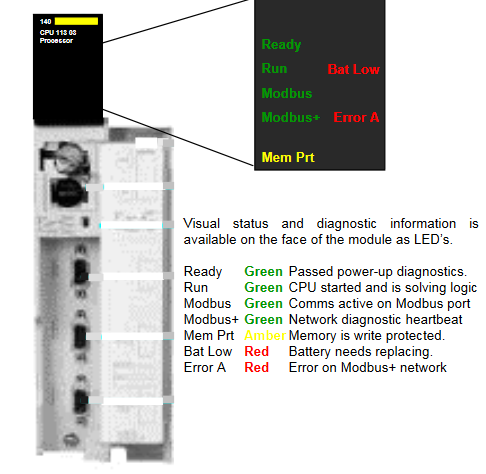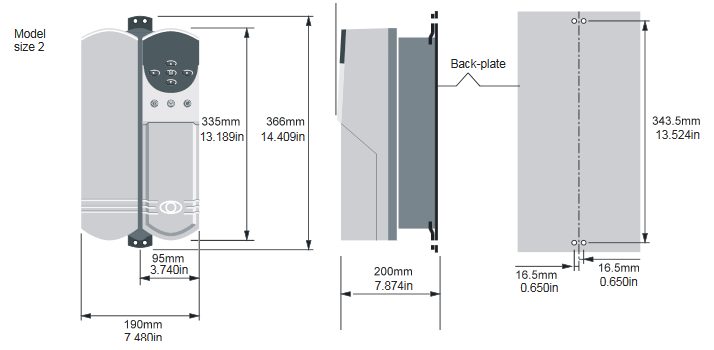The Control Techniques UNI1405 Unidrive is a 5hp, 9.5A AC drive with a peak output of 9.6kHz. All of the Unidrives have a built-in encoder port which is ready to accept motor rotational feedback after installation. There are three option modules available to compliment or extend the range of motor speed / position feedback capabilities. For additional info about the UNI1405 manual programming of the option modules you can check out our post about the UD73 option module here.
Each of these option modules creates a simulated encoder output as either line driven quadrature channels or as frequency / direction signals to facilitate follower applications.




